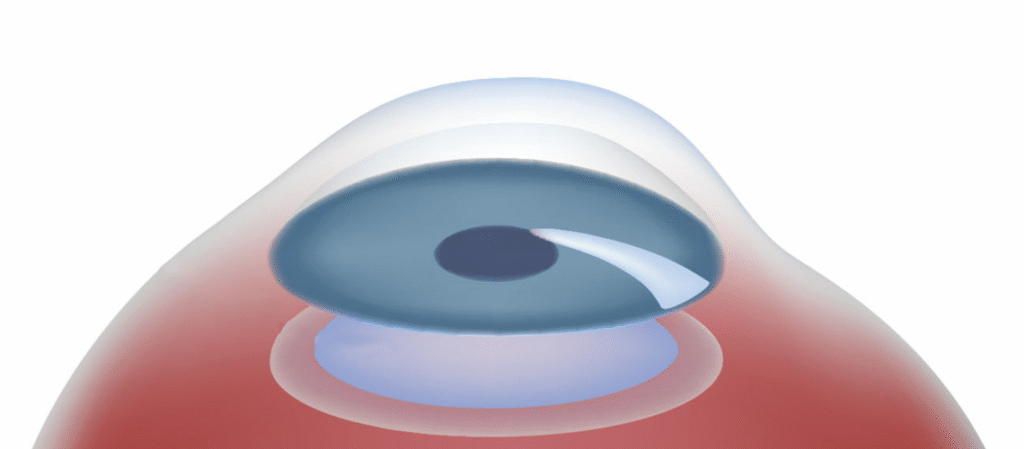For patients who are not ideal candidates for LASIK or PRK, Implantable Collamer Lenses (ICLs) have emerged as a powerful vision correction alternative. While standard ICLs are highly effective for correcting nearsightedness (myopia), patients with astigmatism often wonder if this solution can work for them too. The answer lies in a specialized version called the Toric ICL.
What Is a Toric ICL?
A Toric ICL is an advanced type of implantable collamer lens specifically designed to correct both myopia (nearsightedness) and astigmatism. Unlike traditional ICLs that focus only on spherical refractive errors, toric ICLs incorporate cylindrical power—a key element necessary to correct the irregular curvature of the cornea associated with astigmatism.
How Does Astigmatism Affect Vision?
Astigmatism occurs when the cornea or lens of the eye is irregularly shaped, causing blurred or distorted vision at all distances. Patients often experience symptoms such as:
- Eye strain
- Headaches
- Difficulty seeing clearly at night
Correcting astigmatism requires a lens that compensates for this uneven curvature—something that standard ICLs alone cannot do.
Toric ICL vs. Standard ICL: What’s the Difference?
| Feature | Standard ICL | Toric ICL |
|---|---|---|
| Corrects Myopia | ✔️ | ✔️ |
| Corrects Astigmatism | ❌ | ✔️ |
| Design | Single-power lens | Dual-power (spherical + cylindrical) lens |
| Ideal for | Patients with myopia only | Patients with myopia and astigmatism |
Who Is a Candidate for Toric ICL?
You may be a candidate for a toric ICL if you:
- Have moderate to severe myopia
- Have measurable astigmatism (typically > 1.0 diopter)
- Are between 21 and 45 years old
- Have stable vision with no significant prescription changes over the past year
- Are not a good candidate for corneal-based procedures like LASIK
A thorough eye exam and consultation with a refractive surgeon will determine your eligibility.
Benefits of Toric ICL for Astigmatism
- High-definition vision: Many patients experience sharper vision than with glasses or contacts.
- Permanent yet reversible: The lens is designed to remain in the eye indefinitely but can be removed if needed.
- No corneal reshaping: Unlike LASIK, toric ICL doesn’t remove corneal tissue.
- Quick recovery: Most patients notice improved vision within 24–48 hours after surgery.
Are There Any Drawbacks?
While toric ICLs are safe and effective, potential risks include:
- Infection or inflammation (rare)
- Lens rotation, which can affect astigmatism correction
- Night vision issues, such as halos or glare (less common with newer models)
Conclusion
If you have astigmatism and are seeking a long-term vision correction solution, a toric ICL may be the ideal option. It offers a highly effective alternative for patients who want to avoid or are not suitable for LASIK. Consult with a qualified ophthalmologist to explore whether ICL for astigmatism is the right fit for your visual needs.




